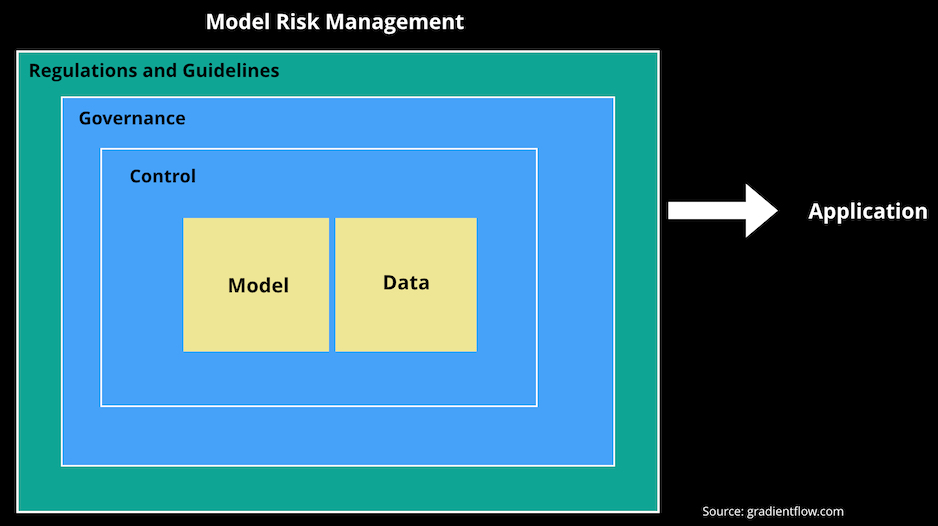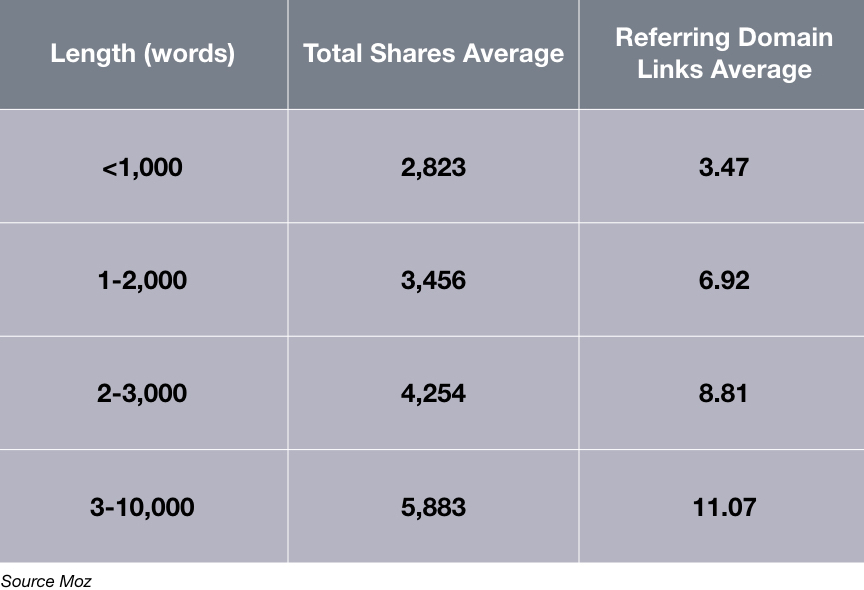The platform competition for last mile content delivery continues to ramp up. Google’s AMP has launched and is available to everyone; Facebook’s Instant Articles becomes available to all on April 12th; and both have gained some open web credibility in the last week. Platform publishing is no longer only for major publishers. Anybody with a blog or website needs to pay serious attention to how platform publishing will affect their reach. Content strategists and marketers need to dial in.
The good news is that in many cases it is possible to feed the beasts automatically with no more effort than publishing a post on a blog, and keep control of your content and web presence. CMS vendors should be ahead of this curve. Our own blog, thanks to WordPress and a few plugins, is already setup to publish to Medium (it works), Google AMP (it works but the rendering is a little funky), and Instant Articles (as soon as Facebook turns the switch in April). We’ll also be testing Apple News.
Google Is Going to Speed Up the Web. Is This Good?
Good for us as web consumers that is. Dan Gillmor provides a non-technical and cautiously optimistic review of Google AMP (Accelerated Mobile Pages).
I still have a million questions about this, and some are the ones I began with: What if Google changes its strategy, by making it more proprietary and centralized? What if news sites had just done the right thing in the first place? Or, since they didn’t, what if they just resolved to build faster pages — using standard HTML markup and loading components in a non-annoying way — now? Wouldn’t that have gone a long way toward solving the problem? Do they, and we, really need all this? … For now, at any rate, the answer seems to be yes. Read More
How Instant Articles helps the open web
This is a remarkable post. RSS dad Dave Winer says that Instant Articles is built on RSS, that he has been in the loop for two years, and can now vouch that it works. This is a very welcome development.
Facebook is using open web technology to power Instant Articles. I’m not sharing anything that isn’t already publicly documented on the Facebook developer site. People have trouble understanding this, I assume, because it seems so out of character for a big web destination like Facebook to care about the open web. It’s kind of a miracle. But there it is. The open web is about to get a real shot in the arm from a most unexpected place. Read More
Aligning Business Goals with User Goals in Content
Is content marketing ‘heading toward a “trough of disillusionment” following a period of “inflated expectations.”’? It already has for some. This thoughtful post by Michael Andrews digs into how unrealistic expectations happen and how to avoid them.
… One erroneous assumption is to believe that a group who shares a common personal goal are equally likely to buy something. Conversely, just because a group of people all want to buy a certain type of product or service, that doesn’t mean they share the same purchase motivations or care about the exact same features or benefits. Read More
Branding in the Age of Social Media
Douglas Holt argues for an alternative to branded content.
It turns out that consumers have little interest in the content that brands churn out. … Most view it as clutter—as brand spam. When Facebook realized this, it began charging companies to get “sponsored” content into the feeds of people who were supposed to be their fans. …celebrities are all garnering the superengaged community that pundits have long promised social media would deliver. … That shouldn’t be surprising… What works for Shakira backfires for Crest and Clorox. The idea that consumers could possibly want to talk about Corona or Coors in the same way that they debate the talents of Ronaldo and Messi is silly. Read More
What’s Next in Computing?
Chris Dixon does a really nice job with this. Accessible, to the point, and I agree the next era will be multimodal. A good historical perspective post to share with c-suite colleagues.
I tend to think we are on the cusp of not one but multiple new eras. The “peace dividend of the smartphone war” created a Cambrian explosion of new devices, and developments in software, especially AI, will make those devices smart and useful. Many of the futuristic technologies discussed above exist today, and will be broadly accessible in the near future. Read More
A good companion piece…
On Bots, Conversational Apps and Fin
Sam Lessin with a developer and investor perspective on what’s next…
2016 is being declared the year of bots. And it feels like there is a broad shift in the developer ecosystem away from traditional point-and-click apps, towards chat-based user interfaces. … It’s happening because there is broad consumer and developer fatigue with apps. Consumers don’t want to install or use new traditional apps. … The bet I am making, both as an investor and operator, is that the 2016 bot paradigm shift is going to be far more disruptive and interesting than the last decade’s move from Web to mobile apps… If the app shift moved developers away from server side development and towards clients, the most important part of the current shift is a move back towards the server and away from client software in the form of bots. Read More
The End of Streams
Jessica Lessin has some interesting thoughts on what I think is more like the comeback of channels.
There has been a quiet shift in product design away from streams and towards channels, and the shift is likely to accelerate with messaging platforms. Read More
Is Holistic Customer Experience Management even Possible?
Scott Liewehr is talking about SAP in this post, but raises the general question, and pointing out that products aren’t enough if your partners are not in sync – and why should they be?
I’ve thought for years that when SAP decided to jump into the Customer Experience race, it would be game-over for many other vendors. Now that they have, I’m not so sure. I see that their customer experience strategy has a greater dependence on service provider partners than they’ve ever had, and it’s not obvious to me as to which partners are going to be interested in helping them succeed in this realm. Read More
Mark your Calendar!
Gilbane Digital Content Conference 2016
Content Management, Marketing, and the Digital Experience
Main conference: November 29 – 30 ● Workshops: December 1
Fairmont Copley Plaza, Boston, MA
Short takes
Too much “thought leadership” and personalization… Avoid These Common B2B Content Marketing Mistakes via hbr.org
Is digital advertising is becoming a rather simple proposition: Facebook, Google, or don’t bother?… The Reality of Missing Out via stratechery
Bill Thompson channels Karl Popper, but don’t be scared… The Open Web and Its Enemies via Medium
Internet of Things security is so bad, there’s a search engine for sleeping kids and it (Shodan) has been around for years. via ars technica
News Publishers Need To Jump Into Bots Will this provide the added value they need? via Monday Note
For some of you, but streaming is mainstreaming… Open Source Streaming Analytics at the Edge for Internet of Things Devices via prnewswire
CMS, etc., corner
DAM Market growth, Adam… Digital Asset Management Round-Up, February 2016 via Digital Clarity Group
More on DAM… Updated DAM research: ADAM, Nuxeo, Bynder, Canto, WebDAM, NetX, WAVE, and MerlinOne via Real Story Group
Amazon and Colis Privé, Gilt Group, Hudson’s Bay, Groupon… E-Commerce Round-Up: January 2016 via Digital Clarity Group
About
The Gilbane Advisor curates content for our conference community of content, computing, and digital experience professionals throughout the year. You can also subscribe via our feed.
The Gilbane Conference on Content, Technology, and Customer Experience helps marketers, IT, and business managers integrate content strategies and computing technologies to produce superior digital experiences for all stakeholders.





